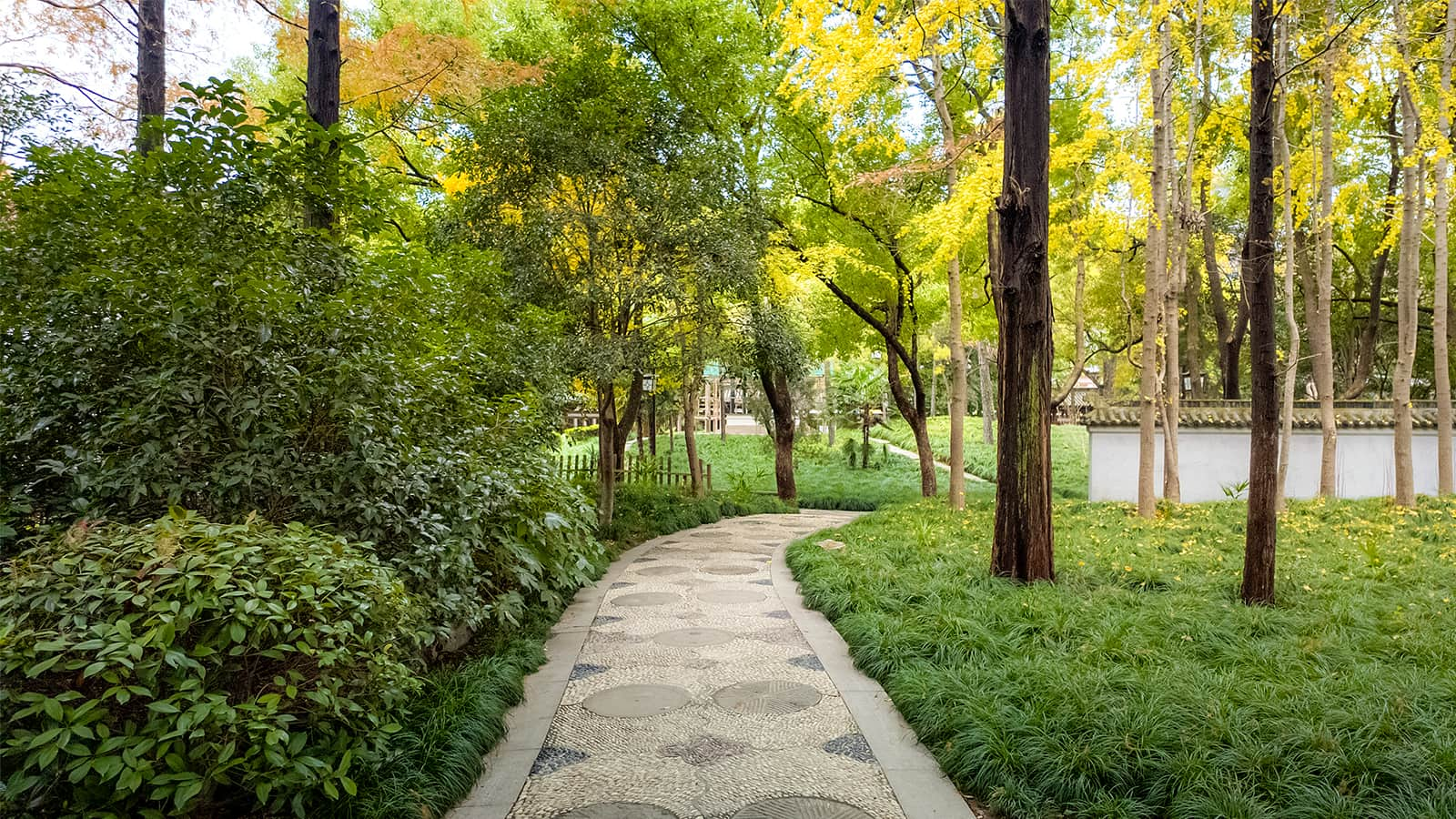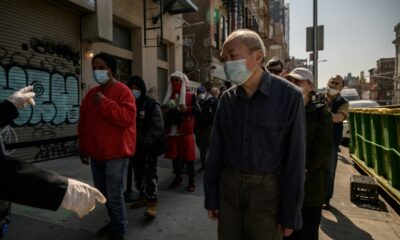Science
Urban Parks Face Climate Risk Due to Soil Biodiversity Loss

Urban parks and residential green spaces may be at greater risk from climate change due to unexpected vulnerabilities in soil biodiversity. A recent study led by an international team of researchers, including Scott Chang, a professor at the University of Alberta, reveals that soil in urban areas is not only more diverse but also more homogenous than that found in natural forests and agricultural lands. The research was published in the journal Nature Cities.
The study analyzed over 200 soil samples from 13 cities across China, each representing different climate regions. Researchers compared microbial communities across four land-use types: forests, farmlands, urban parks, and residential green spaces. The findings indicate that urban parks and residential areas had significantly richer microbial diversity than nearby forests or farmlands. Specifically, the number of species of bacteria, fungi, and protists—tiny organisms living in the soil—was found to be around 14 to 17 percent higher in urban parks and 15 to 20 percent higher in residential areas compared to forest samples.
This increased richness in urban soil biodiversity is attributed to higher soil pH levels, likely resulting from urban management practices such as liming and fertilization. These practices create more favorable conditions for a variety of microbial life. Despite this localized diversity, the study highlighted a concerning trend: urban soil communities across cities exhibited approximately 13 percent more homogeneity compared to adjacent forest soils.
The loss of ecological uniqueness in urban soils could potentially undermine their resilience to environmental stressors, such as extreme weather events. Chang emphasizes the implications of these findings, stating, “There is a risk for those otherwise locally diverse microbial communities to respond to large-scale environmental changes all in a similar way, and as a result, ecosystem resilience could be lowered.”
As urbanization continues to expand, the study raises important questions about the long-term sustainability of urban ecosystems. The findings suggest that efforts to manage urban green spaces must consider not only the diversity of species present but also their ecological uniqueness. A deeper understanding of how urban environments impact microbial communities can guide future urban planning and management strategies to enhance ecological resilience in the face of climate change.
-

 Lifestyle3 weeks ago
Lifestyle3 weeks agoWinnipeg Celebrates Culinary Creativity During Le Burger Week 2025
-

 Health1 month ago
Health1 month agoMontreal’s Groupe Marcelle Leads Canadian Cosmetic Industry Growth
-

 Science1 month ago
Science1 month agoMicrosoft Confirms U.S. Law Overrules Canadian Data Sovereignty
-

 Education1 month ago
Education1 month agoRed River College Launches New Programs to Address Industry Needs
-

 Technology1 month ago
Technology1 month agoDragon Ball: Sparking! Zero Launching on Switch and Switch 2 This November
-

 Science1 month ago
Science1 month agoTech Innovator Amandipp Singh Transforms Hiring for Disabled
-

 Technology1 month ago
Technology1 month agoGoogle Pixel 10 Pro Fold Specs Unveiled Ahead of Launch
-

 Science1 month ago
Science1 month agoChina’s Wukong Spacesuit Sets New Standard for AI in Space
-

 Technology1 month ago
Technology1 month agoWorld of Warcraft Players Buzz Over 19-Quest Bee Challenge
-

 Science1 month ago
Science1 month agoXi Labs Innovates with New AI Operating System Set for 2025 Launch
-

 Business1 month ago
Business1 month agoDawson City Residents Rally Around Buy Canadian Movement
-

 Business1 month ago
Business1 month agoNew Estimates Reveal ChatGPT-5 Energy Use Could Soar
-

 Technology1 month ago
Technology1 month agoFuture Entertainment Launches DDoD with Gameplay Trailer Showcase
-

 Technology1 month ago
Technology1 month agoGlobal Launch of Ragnarok M: Classic Set for September 3, 2025
-

 Technology1 month ago
Technology1 month agoInnovative 140W GaN Travel Adapter Combines Power and Convenience
-

 Technology1 month ago
Technology1 month agoNew IDR01 Smart Ring Offers Advanced Sports Tracking for $169
-

 Technology1 month ago
Technology1 month agoHumanoid Robots Compete in Hilarious Debut Games in Beijing
-

 Science1 month ago
Science1 month agoNew Precision Approach to Treating Depression Tailors Care to Patients
-

 Health1 month ago
Health1 month agoGiant Boba and Unique Treats Take Center Stage at Ottawa’s Newest Bubble Tea Shop
-

 Technology1 month ago
Technology1 month agoQuoted Tech Launches Back-to-School Discounts on PCs
-

 Technology1 month ago
Technology1 month agoArsanesia Unveils Smith’s Chronicles with Steam Page and Trailer
-

 Education1 month ago
Education1 month agoAlberta Teachers’ Strike: Potential Impacts on Students and Families
-

 Technology1 month ago
Technology1 month agoDiscover the Relaxing Charm of Tiny Bookshop: A Cozy Gaming Escape
-

 Technology1 month ago
Technology1 month agoRaspberry Pi Unveils $40 Touchscreen for Innovative Projects










